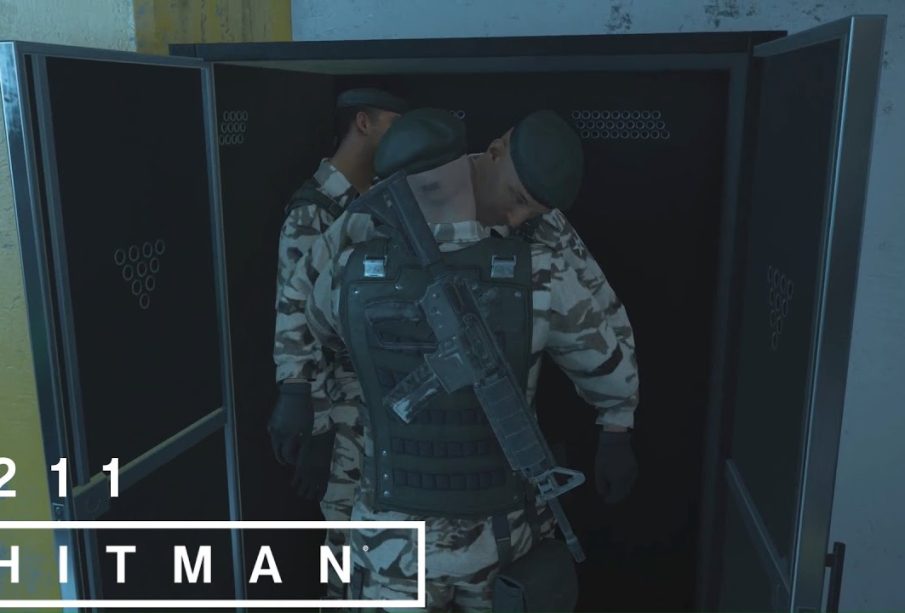Understanding Hitmen: Crime, Impact, and Prevention

Introduction
The term ‘hitman’ conjures images of a shadowy figure lurking in the dark – a hired assassin who operates at the fringes of society. Although often sensationalised in movies and media, the reality of hitmen is a pressing issue with significant implications for crime rates, law enforcement, and public safety. Recent studies and reports have reignited discussions about the prevalence of contract killings and the socio-economic factors contributing to such activities.
Current Events and Trends
According to the United Nations Office on Drugs and Crime (UNODC), the phenomenon of contract killings has seen a troubling increase worldwide. The recent report highlighted that hitmen are increasingly becoming synonymous with organised crime, where their services are procured for various reasons, including revenge, lack of control in gang disputes, or even business competition. In particular, regions like Latin America, where cartel violence is rampant, have seen the emergence of hitmen as a tool for eliminating rival factions.
Recently, the UK has also experienced a spike in gun-related offences, leading to heightened concerns about the emergence of domestic hitmen. Law enforcement agencies are gearing up to address this growing trend. In 2023, police forces reported a rise in cases linking hitmen to drug-related violence, drawing attention to the interconnections between drug trafficking and contract killings.
Challenges in Combatting Contract Killings
Despite efforts to curb the issue, the clandestine nature of hiring hitmen makes it challenging for authorities to tackle this problem effectively. Many of these contracts are carried out under strict secrecy, often employing coded languages and discreet payment methods, making it difficult to trace leads. Experts argue that a more holistic approach is needed, focusing not only on strict law enforcement but also on addressing the root causes of crime, such as poverty, lack of education, and social injustice that often lead individuals into a life of crime.
Conclusion: The Road Ahead
The growing prominence of hitmen in contemporary crime narratives highlights the urgent need for improved strategies in crime prevention and community engagement. As law enforcement agencies adapt to the evolving tactics of organised crime, the collaboration between communities, governmental agencies, and non-profit organisations is crucial in addressing the socio-economic factors that foster such violence. Understanding the dynamics surrounding hitmen not only reveals critical insights into crime trends but also helps in crafting effective policies aimed at safeguarding public safety and curtailing the grip of organised crime. The fight against contract killings may be complex, but with informed and inclusive approaches, significant progress is possible.









